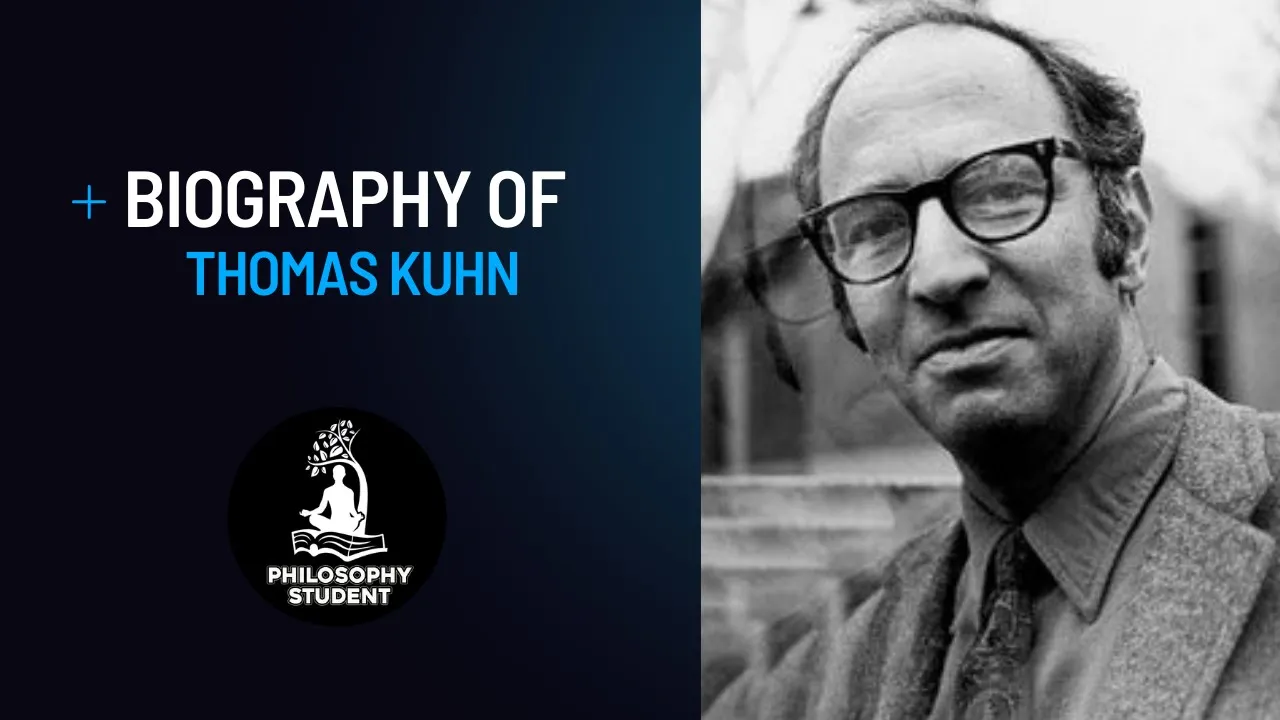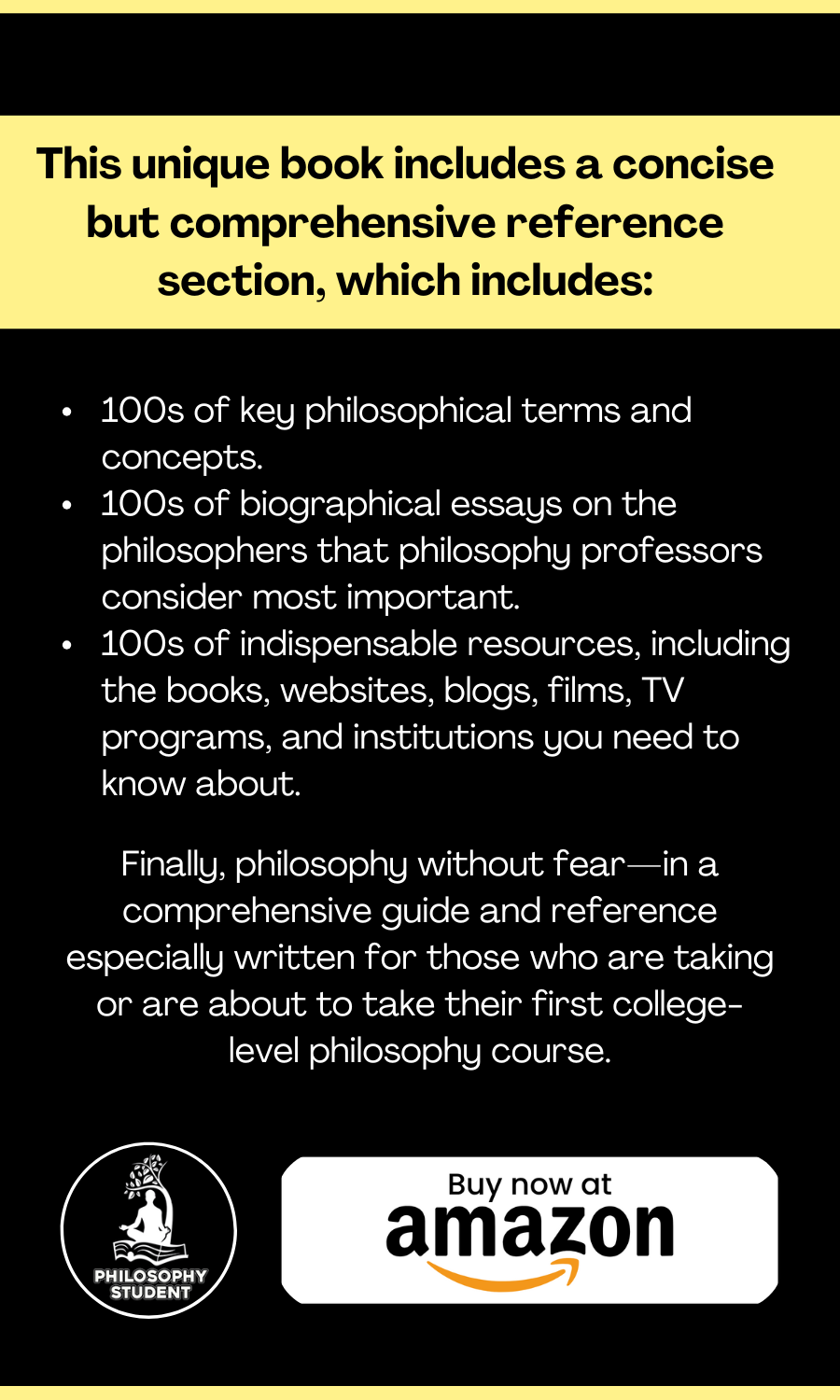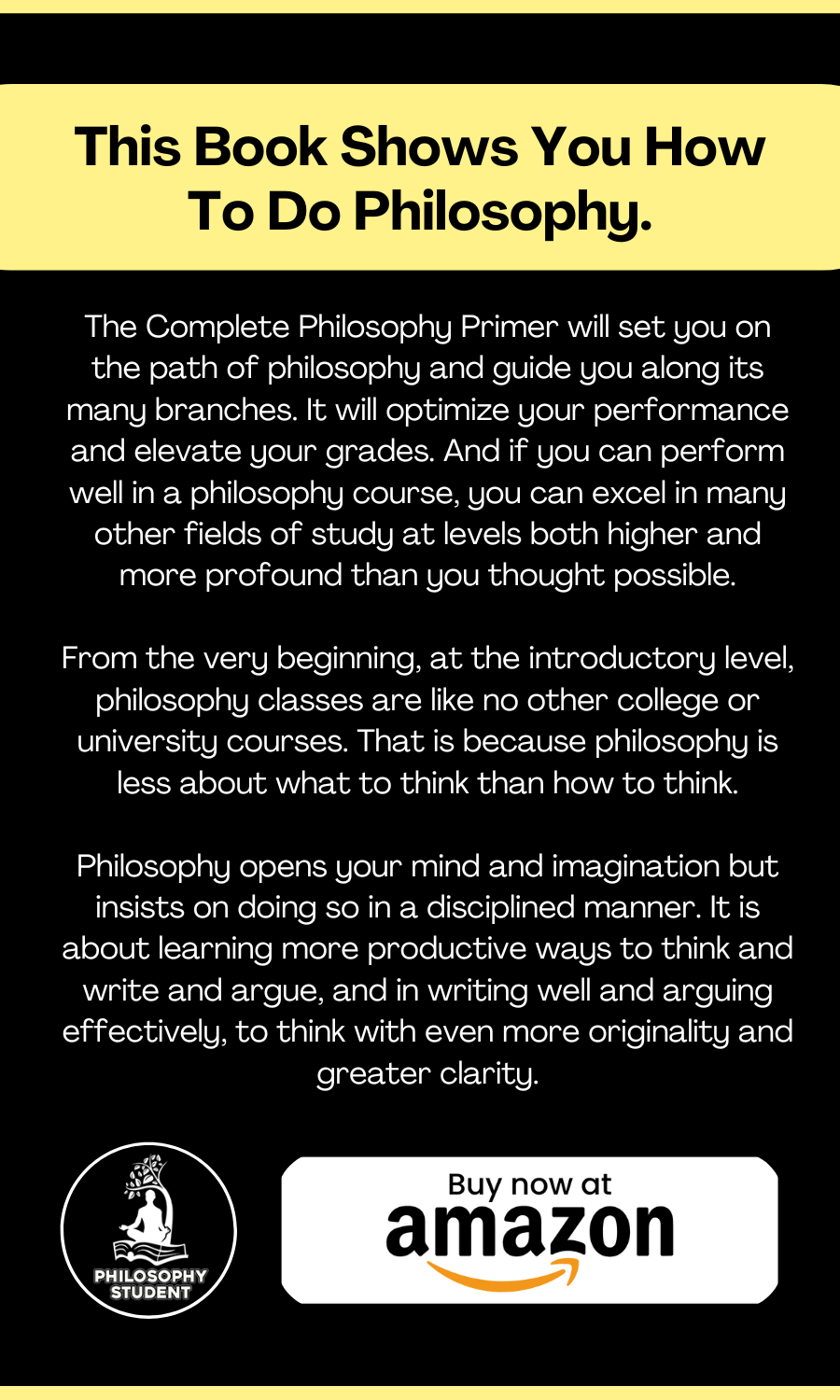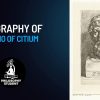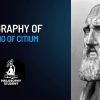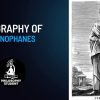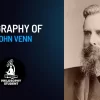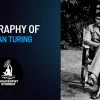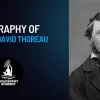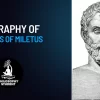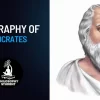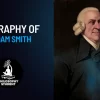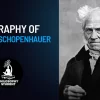Trained as a physicist, Thomas Kuhn became a philosopher of science, producing his best known work in 1962, The Structure of Scientific Revolutions, which, among other things, put the history of science in a new light and introduced the concept of the “paradigm shift” into both history and intellectual history
Kuhn was born in Cincinnati, on July 18, 1922, the son of an MIT-trained hydraulic engineer. He was educated at the progressive Lincoln School in Manhattan and the equally progressive Hessian Hills School in Croton-on-Hudson before prepping at Solebury School (New Hope, Pennsylvania) and Taft School (Watertown, Connecticut). In 1940, Kuhn enrolled at Harvard, studying philosophy before embarking on a physics major. After graduating summa cum laude in 1943, Kuhn worked at the Radio Research Laboratory in the war-related field of radar counter-technology. He went abroad to do work with the U.S. Office of Scientific Research and Development and began reading books on the philosophy of science.
After World War II, Kuhn received a master’s degree (1946) and a Ph.D. (1949) in physics, both from Harvard. He came to realize, however, that his own ideal orientation to science was through philosophy, and in the 1950s, Kuhn began pioneering the field of the history of science. He concluded that scientific change was not simply a uniform process of new knowledge accreting over old but was a process of “normal” change that alternated with “revolutionary” change. He developed the idea of the paradigm shift, which created revolutionary change by disrupting accumulated knowledge as much as it added to it. Indeed, what came to be called “Kuhn-loss,” the forgetting of seemingly outmoded scientific knowledge in the face of a paradigm shift, became recognized as a research phenomenon to be contended with.
Kuhn wrote of the sociological dimensions of scientific progress, namely the need for a scientific community with shared theoretical beliefs, values, and even techniques. He also wrote of the inherent tension in science between the conservatism imposed by the scientific method, on the one hand, and the intense drive toward continual innovation on the other. He focused on the role of the anomaly in science, and how the first inclination of the scientific community is to ignore or explain away anomalies. Only those that undermine “normal” science persist and develop into paradigm shifts, a revision of the entire disciplinary matrix of science.
In contrast to traditional philosophy, which characterizes itself as a quest for truth, Kuhn rejected a teleological view of science and saw it instead as evolutionary, a response to challenges presented by the environment rather than a progress toward some perfection. Kuhn was diagnosed with lung cancer in 1994 and died two years later, on June 17, 1996.

